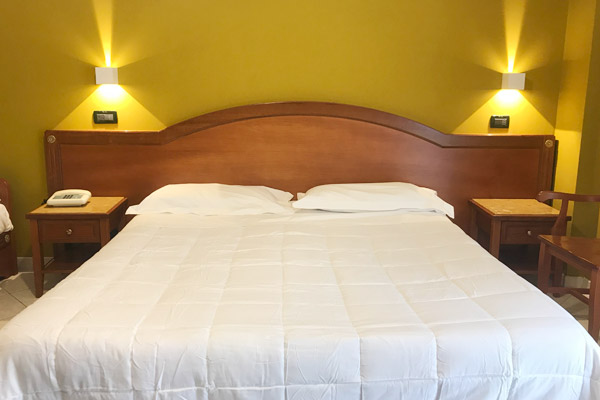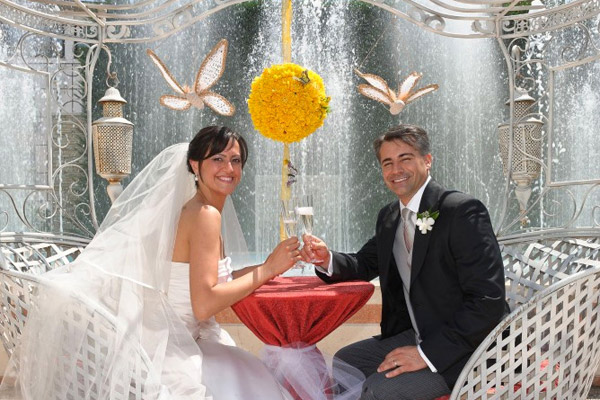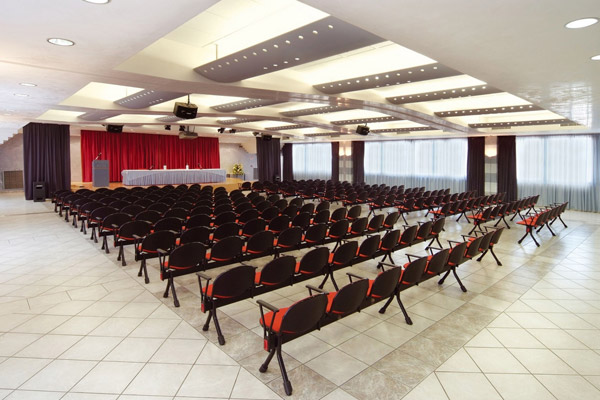Gargano
Gargano is a historical and geographical sub-region in the province of Foggia, Apulia, southeast Italy, consisting of a wide isolated mountain massif made of highland and several peaks and forming the backbone of the Gargano Promontory projecting into the Adriatic Sea, the "spur" on the Italian "boot". The high point is Monte Calvo at 1,065 m (3,494 ft). Most of the upland area, about 1,200 km2 (460 sq mi), is part of the Gargano National Park, founded in 1991. It is within the Italian Province of Foggia.
The Gargano peninsula is partly covered by the remains of an ancient forest, Foresta Umbra, the only remaining part in Italy of the ancient oak and beech forest that once covered much of Central Europe as well as the Apennine deciduous montane forest biome. The Latin poet Horace spoke of the oaks of Garganus in Ode II, ix.
(source: Wikipedia)
GREEN ITINERARY
Upon the Delio mount, in the Sannicandro territory, rises the ancient Medieval city of Devia, today an archeological and natural park. Ruins of old churches are all around the mountain from which it is possible to admire a stunning panorama that goes from the Lesina lake to the Tremiti Islands, where live a lot of different species of animals.
Thanks to an excursion by catamaran on the Varano lake one can see the Angevin towers (XII century) and the Church of the SS Annunziata, where it is preserved the wooden crucifix of Varano, dated 1300.
Near Varano there is Ischitella, with the interesting quarter of Terravecchia. From Ischitella is easy to reach Vico del Gargano and the Foresta Umbra. The center of the city of Vico del Gargano is one of the most beautiful in this territory: it is rich in churches, ancient buildings and really important is its Castle. One cannot miss a stop at the Vicolo del Bacio (Street of the kiss), dedicated to Saint Valentine, the Saint of Vico, and to the Cappuccini monastery, where there is a millennial oak.
The Foresta Umbra spreads for about 15 thousands ectars and is rich in different kind of trees.
LIGHT BLUE ITINERARY
From San Giovanni Rotondo is easy to reach the coast. Eighty kilometers of beaches rich in stones, sand and cliff, marine grottos and welcoming villages where tourism has not changed the historical centers and where traditions nowadays are preserved.
The itinerary starts from the harbour of Mattinata; close to this village there is the Baia delle Zagare, well known thanks to its sea stacks. Up to Vieste one can find a lot of bays and marine grottos.
In Vieste we suggest to visit the medieval center, with its streets and the staircase and the pitoresque white houses that are built on the rock, the Castle and the Cathedral. Then, one can leave for Peschici, the “pearl of the Gargano promontory”. On the road one can meet a lot of “trabucchi”, the traditional system used to fish, nowadays considered as monuments. They are made with ten of wooden poles that are sticked into the rock and with dozens of ropes that held a big net that is plunged into the sea. This area is one of the most favourite places by surfers and tourists. The historical center of Peschici is rich in streets and white houses, whose ceiling is made by domes that give to the village a Moorish style. From the top of Peschici one can see Rodi, with its wide and equipped sandy beach.
In the neighborhood of Rodi there are citrus groves and fig trees; from here it is possible to leave for the Tremiti Islands.
RELIGIOUS ITINERARY
San Giovanni Rotondo is in a favorable position, at the center of the East side of the promontory.
It is far about ten kilometers from San Marco in Lamis, lively village surrounded by woods where rise the Sanctuary of Saint Mary from Stignano and the Sanctuary of Saint Mattew, where one must visit the library, where are preserved archeological collections, ex voto and illuminated manuscripts.
From San Marco we go on towards Rignano Garganico, the “terrace of the Puglia Region”: from here one can see marvelous panoramas. In the neighborhood there are very important archeological sites, such as the Grotta Pagliacci, where were found Paleolithic relics.
From San Giovanni Rotondo it is easy to reach Monte Sant’Angelo, where one must visit the Abbey of Saint Michael, visited by pilgrims coming from all over the world and that every year visit the Basilica that is devoted to him. A must is also a vist to the medieval quarter of Iunno, one of the most enchanting places thanks to its architecture of all the South of Italy.
Climbing down the mountain we stop in Manfredonia, the biggest city on the sea of all the Province, where once lived Svevis and Angevins. At the entrance of Manfredonia there are the Romanic Abbey of Saint Leonard and Saint Mary from Siponto, placed in the archeological park that has the same name and that includes the relics of a Paleochristian Basilica.
4 Star Services
OUR GUESTS’ reviews

There is nothing negative I can say about this hotel. If you have a car there is a parking underneath the hotel. Don't even bother to search for a restaurant cause the food at the hotel is good...

We stayed here for 2 nights and loved it, no complaints whatsoever, food was lovely(especially the pasta) and staff were friendly, if in the area again I would look to stay here again...

Our stay in the Hotel Parco Delle Rose in San Giovanni Rotondo, was a plesant and enjoyable experience. Hotel facilities are excellent for all age groups, including swimming pool, tennis courts...













